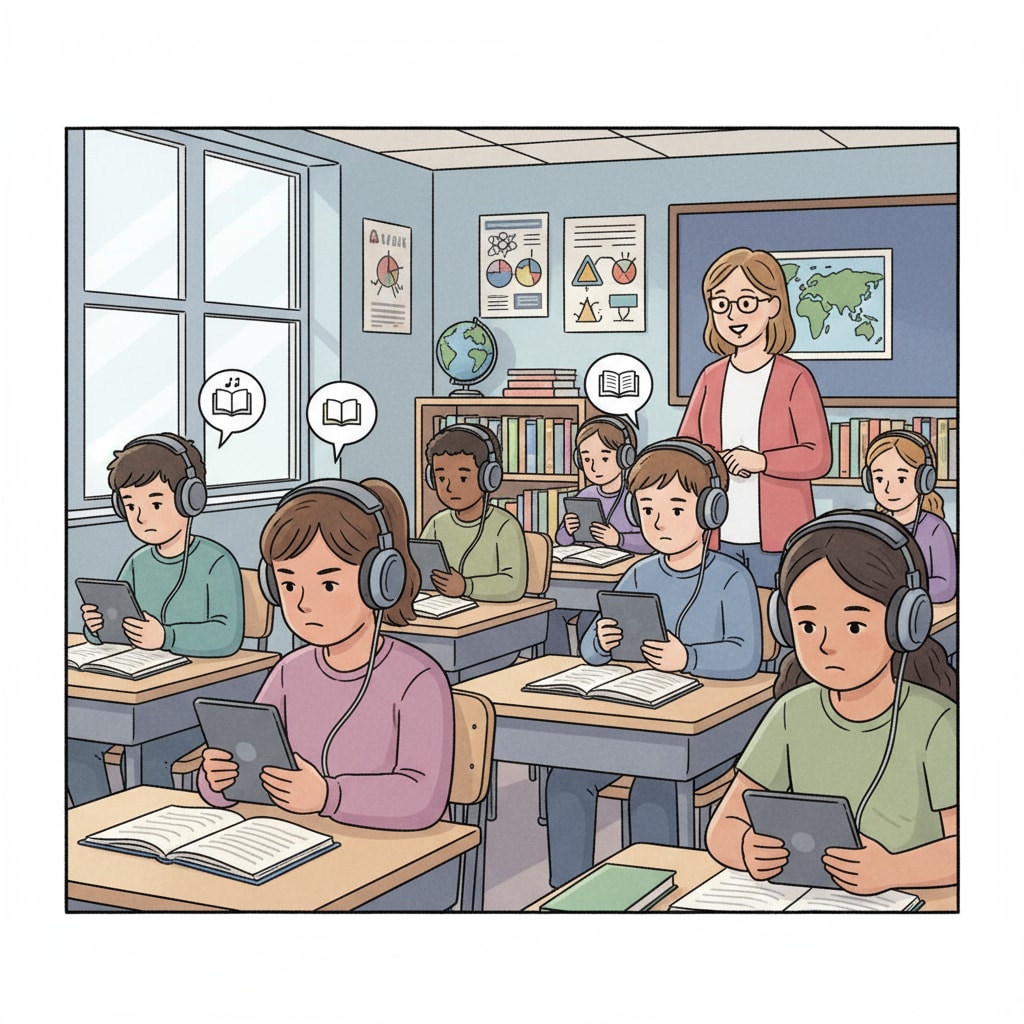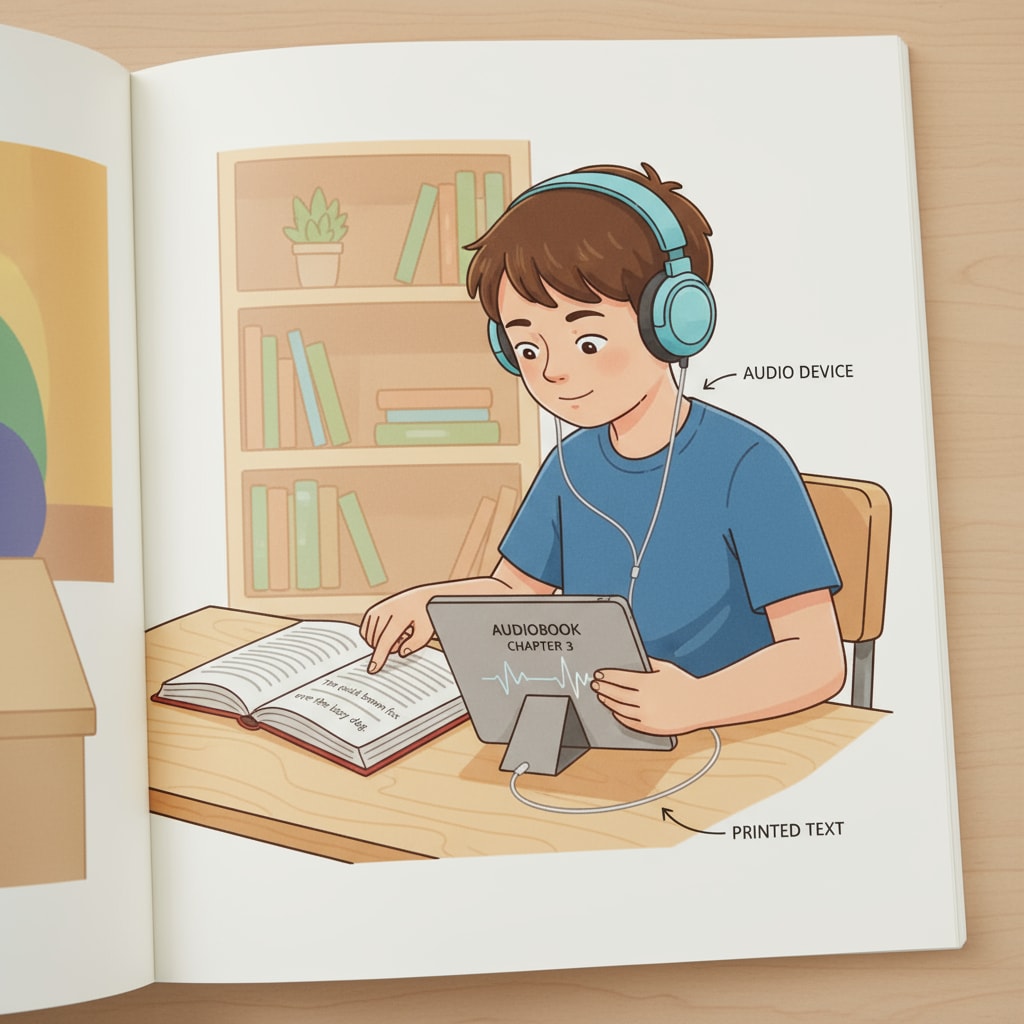In the realm of language arts teaching, the question of how audiobooks impact middle school students’ reading abilities has become a topic of great interest. As technology continues to evolve, the use of audiobooks in 8th-grade language art courses as a substitute for traditional reading is a teaching strategy that warrants careful examination.

The Rise of Audiobooks in Education
Audiobooks have witnessed a significant surge in popularity in recent years. In the context of language arts teaching, they are seen as a convenient and engaging alternative. For example, platforms like Audible offer a vast library of titles suitable for middle school curriculums. However, this convenience may come at a cost to students’ reading development. According to Edutopia’s article on using audiobooks in the classroom, while audiobooks can enhance listening skills, they might not provide the same depth of understanding as traditional reading.

Potential Drawbacks to Reading Abilities
One of the main concerns is the development of reading fluency. When students rely solely on audiobooks, they miss out on the opportunity to practice decoding words, which is crucial for reading proficiency. Moreover, comprehension skills may also be affected. As noted by Reading Rockets’ research on the relationship between audiobooks and reading, the lack of visual engagement with the text can lead to a shallower understanding. In addition, students may not develop the ability to analyze text structure and literary devices as effectively as they would through traditional reading.
Another aspect is the impact on vocabulary acquisition. Reading printed materials allows students to encounter new words in context and develop strategies for figuring out their meanings. With audiobooks, this hands-on learning experience is diminished.
Readability guidance: In this section, we’ve highlighted the potential drawbacks of audiobooks on middle school students’ reading abilities. By presenting clear points and using external references, we aim to provide a comprehensive view. The use of “moreover” and “in addition” helps to connect ideas smoothly.
The Need for Balance
Educators should not abandon audiobooks altogether but rather find a balance. Incorporating audiobooks as a supplementary resource can enhance the learning experience. For instance, using audiobooks to introduce complex texts can help students become familiar with the content before delving into a detailed reading. This way, they can build confidence and improve their overall understanding. Teachers can also design activities that combine both audiobooks and traditional reading, such as having students listen to a passage and then analyze it on paper.
In conclusion, while audiobooks offer certain advantages in language arts teaching, we must be vigilant about their potential negative impacts on middle school students’ reading abilities. By finding the right balance, we can ensure that students receive a well-rounded education that nurtures both their listening and reading skills. This is essential for their long-term development in the realm of language arts and beyond.
Readability guidance: The final section emphasizes the need for balance. Short paragraphs and simple language are used to convey the key message. Transition words like “for instance” help to provide examples and make the argument more coherent.


